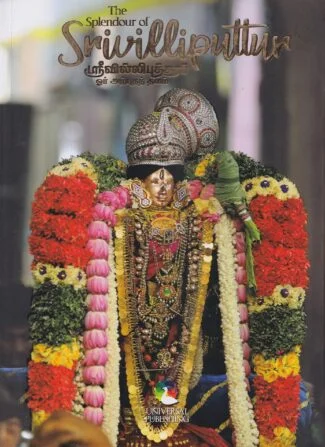
The Splendour of Sri...
The Splendour of Srivilliputtur
by: Chithra Madhavan₹1,200.00 Original price was: ₹1,200.00.₹1,080.00Current price is: ₹1,080.00.
ISBN: 9788195171835
Year Of Publication: 2022
Edition: 1st
Pages : 143
Language : English
Binding : Hardcover
Publisher: Universal Publishing
Size: 30
Introduction
Preface
1. Sthala Puranam
2.An Incarnation through Devotion
3.An Epic of the Bhakti Movement
4.Architecture & Sculpture
5.The Enigma of Andal Nachiyar’s Parrot
6.Festivals
7.Arayar Sevai at Srivilliputtur
8.Songs on Srivilliputtur
9.Andal’s Wedding
10.Inscriptions
11.Prasadams
12.Temples Connected with Srivilliputtur
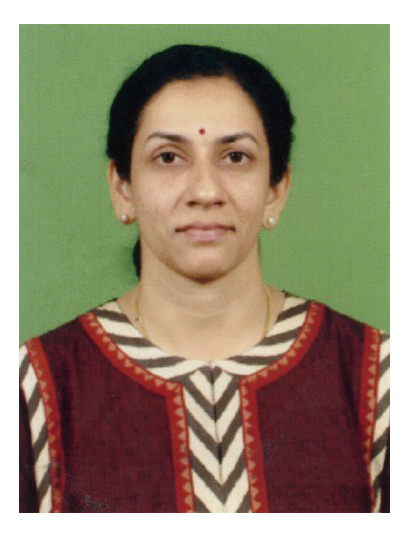
“The Splendour of Srivilliputtur” Cancel reply
- Sale!Akbar, The Aesthete by: Indu Anand
₹4,800.00Original price was: ₹4,800.00.₹4,320.00Current price is: ₹4,320.00.Mughal miniatures are a vivid account of the cultural, sociopolitical scenario of the Mughal era. Jalal-ud-Din Muhammad Akbar, the most powerful Mughal emperor, was a great aesthete and promoter of arts. Eminent Persian and Indian artists thronged his Royal Studio and were encouraged to paint numerous emotive miniatures of style and substance, communicating highly complex narratives. These miniatures are a beautiful manifestation of human expressions, vividly encapsulating moments of history for posterity.
This book combines the sources and methodology of history and art history of the Mughal era, and is an analysis of a select group of paintings of Akbar’s reign. The miniature paintings incorporate a wide variety of rich, vibrant and varied themes, ranging from durbar scenes, depicting Akbar in different moods and forms, the princes and nobles in their finery, hunting and battle scenes, elaborate scenes of royal births, construction scenes, ascetics, common man, and countryside scenes, to the flora and fauna. Individual analyses of these miniatures, shows the manner of their composition and the inherent value of their sociocultural content in a lively manner. These paintings became a passion and a diversion for Akbar, who had an innate aesthetic sense.
However, there are hardly any true-to-life paintings of women of the royal seraglio. This book thus attempts to cover some images of femininity, whether it is of Queen Alanquwa, Akbar’s mother, or of Madonna as sacred mothers, and women, per se, in different roles. These miniatures make one wonder how much these women contributed to the life of Mughal India.
This unique volume, having given transliteration and translation of the original Persian text of the miniatures, provides an insight into Akbar as an aesthete, and will help academics and laymen alike in appreciating the beauty and history of Akbar’s period. - Sale!Elements of Indian Art by: S.P. Gupta, Shashi Prabha Asthana,
₹1,200.00Original price was: ₹1,200.00.₹1,080.00Current price is: ₹1,080.00.The book is a study of the fundamental principles of ancient Indian art and architecture, dealing with essentials of Hindu thinking and practice of art like the Hindu view of Godhead, iconography and iconometry, and symbols and symbolism in Hindu art. Referring to major classical Indian literary works shedding light on art and architecture, it undertakes a survey of Indian art and temple architecture from the 3rd century bc through the medieval period, highlighting the directional changes that marked the history of art, specifically sculpture and painting. It elaborately views the various terms and concepts associated with the field of art and iconography like mudras, asanas, pithas, explaining the nature of Buddhist and Jain deities as well as those of Hindu sects like Saivism, Vaisnavism and Saktism. Pointing out the importance of studying Hindu temple architecture in order to fully appreciate Hindu art which was meant for propagation of dharma, it analyses the basic features of the temple architecture and its regional variants. Tracing the differences in conception and delineation of a Hindu temple, a Muslim mosque and a Christian church, the research focuses particularly on the principles of visualisation of symbols and signs in Hinduism and Christianity. It also reveals how the West has viewed Indian literature and art, exposing the inner contradictions of some European thinkers who while praising literary works of Kalidasa and others condemned the Hindu images. The work contains more than 200 illustrations, half-tone and line drawings, that make the discussion easy to comprehend for a range of readers — scholars, students as well as laymen
- Sale!Rated 5.00 out of 5The Yoga of Netra Tantra by: Bettina Sharada Bäumer, Shivam Srivastava (Editor),
₹1,700.00Original price was: ₹1,700.00.₹1,530.00Current price is: ₹1,530.00.The Netra Tantra “Tantra of the (Third) Eye (of Siva)”, also called Mrtyujit (Conqueror of Death), is one of the fundamental scriptures of non-dualist Kashmir Saivism or Trika. It is the only Tantra having the Third Eye of Siva as title and theme, and it contains three important chapters on Yoga, relating to three ways of overcoming death.
This book, besides giving an introduction to the Tantra, contains an interpretation of the three chapters; Chapter 1 deals with the Eye of Siva, Chapter 7 with subtle Yoga, and Chapter 8 with supreme Yoga. The same texts are presented in Devanagari, transliteration and translation, including the eleventh-century commentary of Ksemaraja, illustrious disciple of Abhinavagupta. The Appendix contains illustrations of the theme of trinetra from different sources, mainly connected with Kashmir, as well as a comparative study on “The spiritual eye in the Christian mystical traditions”.
This book is an important contribution to the studies on non-dualist Saivism or Trika, and especially to its Yoga. - Sale!An Introduction to the Study of Indian Poetics by: Mahesh Singh Kushwaha, Sanjay Kumar Misra,
₹600.00Original price was: ₹600.00.₹540.00Current price is: ₹540.00.The book aspires to do for Indian poetics what Hudson’s book, An Introduction to the Study of English Literature did for English literature, though in a totally different manner and style. It provides the student with the essential knowledge about almost all aspects of Indian poetics. Based on the original Sanskrit sources, it presents the necessary information lucidly in precise and clear terms. Each chapter is self-contained and complete in itself, with explanatory notes, and a bibliography of relevant works. The Sanskrit terms used in the text are invariably explained or provided with English equivalents.
For quick reference, “A Glossary of Sanskrit Literary Terms” is given in the Appendices, which contain also “A List of Noted Indian Poeticians (including commentators) and Their Works” and “Notes on Major Texts in Indian Poetics”.
This handy volume, with its unique features, will prove invaluable to those who are going to embark on the study of Indian poetics, especially the ones who have no Sanskrit background. To a devoted student, it will prove a useful companion during his/her further studies. - Sale!Absence of the Buddha Image in Early Buddhist Art by: Kanoko Tanaka
₹1,500.00Original price was: ₹1,500.00.₹1,350.00Current price is: ₹1,350.00.It is next to impossible today to even think of Buddhism without the presence of the Buddha image! The image of the Buddha, in truth, has not only come to symbolise the essence of Buddhism but is also a brilliant expression of the cultural/artistic achievements of the Buddhists since ancient times. Surprisingly, the Buddha image developed at a later stage of the evolutionary process; after the parinirvana of the Buddha, the Buddhists for a considerable time beheld the Buddha and experienced him in their own minds without taking recourse to the Buddha image itself. In Absence of the Buddha Image in Early Buddhist Art, Dr. Tanaka, a well-versed scholar, has for the first time ever explored the absence of the Buddha image in Buddhist art particularly in the period from third century bc to late first century ad in order to rediscover the significance of this phenomenon. Dr. Tanaka observes Bharhut and Sanchi sculptures to point out the most essential motifs and elements of stupa-art design the visible facts pertaining to the absence of the Buddha image. The author studies the religious, philosophical, artistic and political significance of the visible facts, highlighting the concept of the empty throne as the motif representative of that absence. She applies the empty throne concept to the sanctuaries of monotheistic religions, and thus undertakes a comparative study of Buddhism and other religions, particularly, Zoroastrianism, Judaism, Christianity, Islam and Sikhism to suggest that present-day discussions on the linkage between religions can centre on this theme. The dexterous handling of the topic combined with the authors use of first-hand research material makes this an erudite study. The directness in the authors approach and the unwavering eye on the theme sustains the interest throughout. An abundance of visual material, i.e., drawings and photographs, and tables immensely aid in analysis of the visible facts. This intense work on a rich theme offers well-researched and interesting material that will be useful to scholars of religious studies, fine arts and even philosophy.



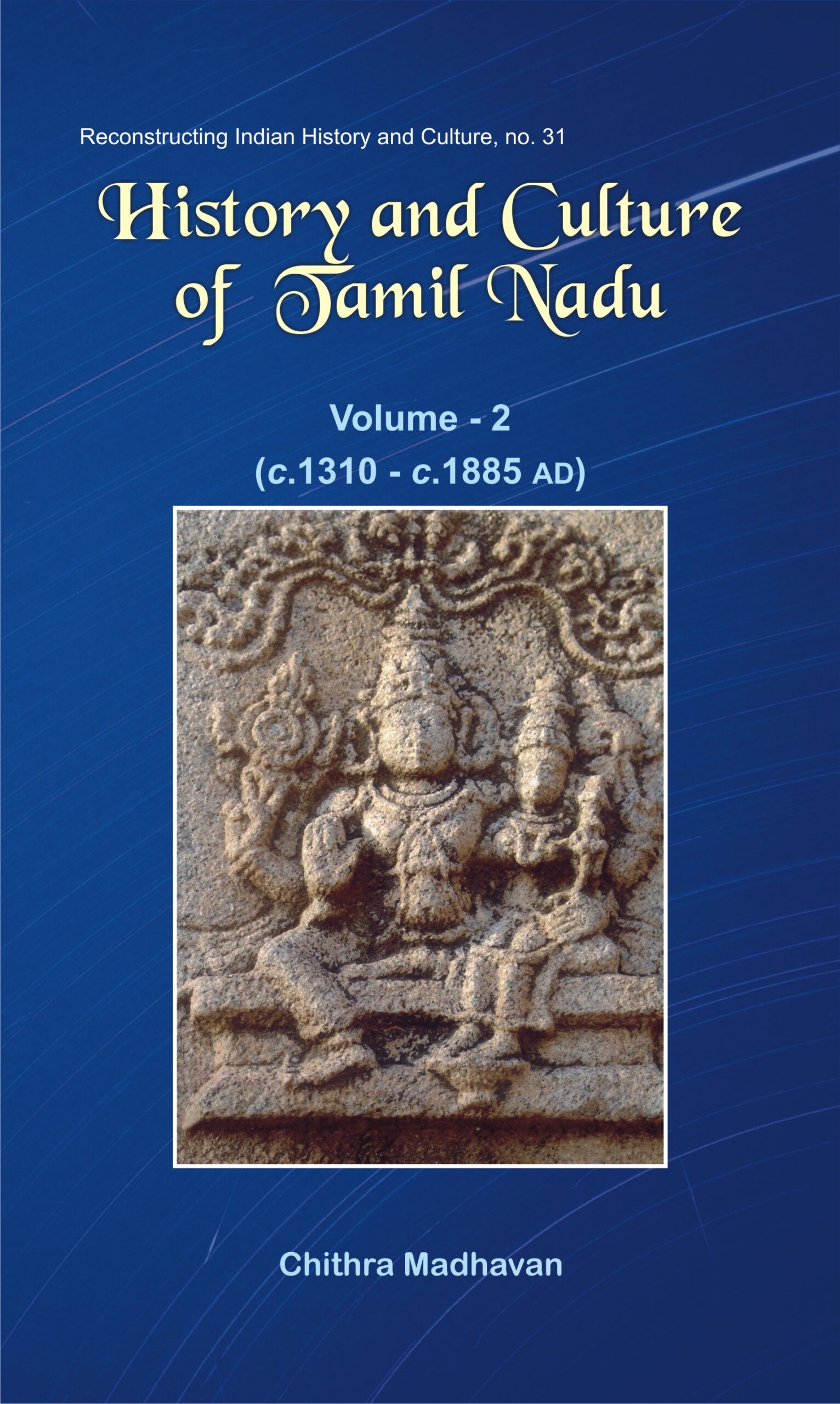



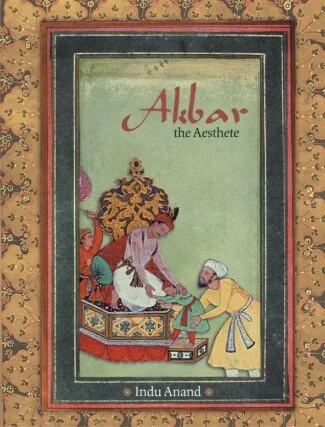
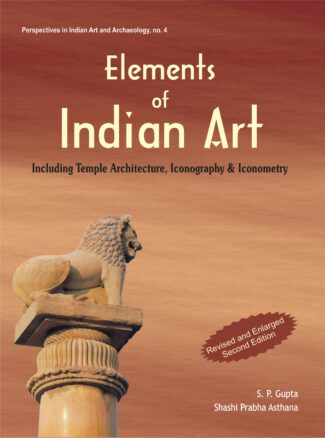

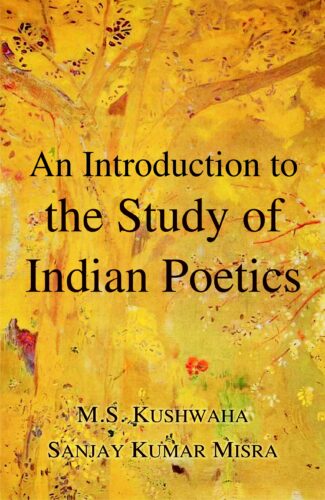
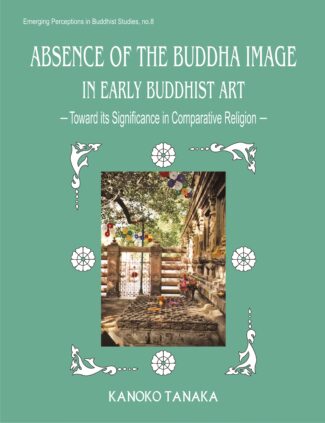
There are no reviews yet.